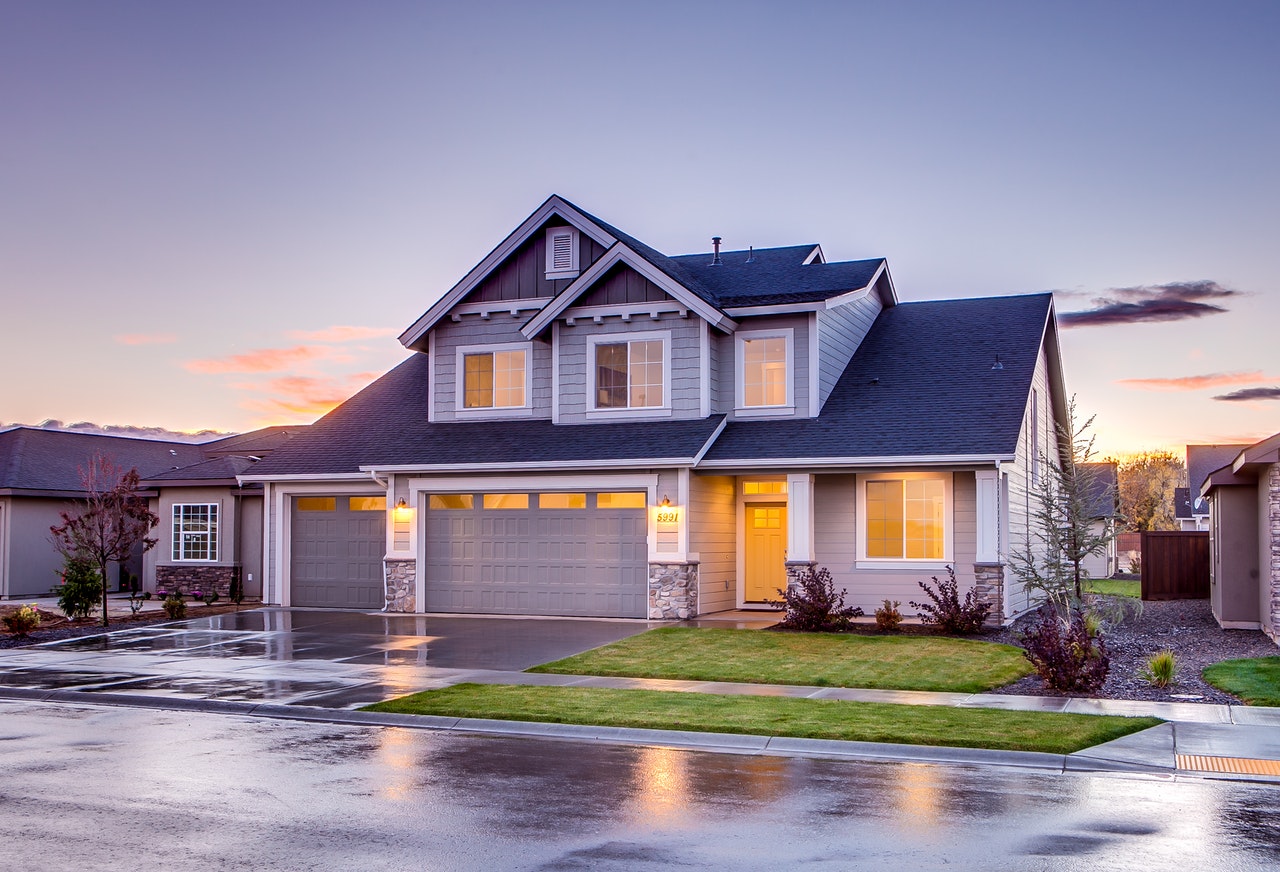How Can I Find Out What Size Generator is Right For my Home
Winter storms are getting rougher, tornadoes are stronger and more frequent, leading to a higher chance every year of suffering power outages in the midwest region of the United States. For this reason, whole house generators are a staple of any home in these states because of the need to keep functioning when the power goes out.
If you’ve recently moved to the midwest or purchased a new home, then the question arises: how can I find out what size generator is right for my home?
Things to Consider When Getting a New Generator
Before getting into the specifics of the power your generator needs to produce to run everything you want and need during a power outage, let’s consider these generators you might be thinking of for your home:
- Inverter generator. If your looking to power sensitive electronic devices, inverter generators with a total harmonic distortion (THD) of less than 5% will ensure that your devices don’t get damaged.
- Portable generators. If your home’s specific area experiences occasional outages, then a portable generator will be the best option. Depending on your power needs, you can choose from various fuel sources and different ranges in watts.
- Standby generator. When power outages are frequent in your area, installing an automatic home standby or a whole house generator is the best choice. These generators are permanent additions to your property, turn on automatically, can generate 150 kilowatts or more of clean power to handle all your appliances as well as sensitive electronics, and run for long periods.
Once you decide on the generator that best suits your needs, it’s time to calculate the size of the generator that will be right for your home.
Calculating The Right Size Generator For My Home
After deciding on the best type of generator, then it’s time to calculate how many watts you will need to run your home. To calculate this total, follow these steps:
- Make a list of what you need to power. No matter how big or small, every appliance and electronic device requires a certain amount of power to run. The first step is to make a complete list of all the electronics you want to be powered by your generator.
- Jot down the watts. Include in your list how many watts it takes to run each of the items you’ve listed. Certain appliances sometimes use a bit more energy than what’s listed, so you should increase the actual amount by a couple hundred watts.
- Calculate total wattage. Add all the wattage from all items on your list to calculate the total power you need for your generator to run.
- Determine your generator size. This total will let you know the size of your ideal generator.
But how confident are you with your calculations?
Get Reliable Advice When Choosing The Generator Size That’s Right For Your Home
As the homeowner, you know best what exactly you will need when you experience power outages in your area. That’s why you’re the ideal candidate to make the final decision on which generator to purchase. But, unfortunately, compensating for other factors that affect your calculations of the generator you need may make things not so straightforward.
At Midwest Generator Solutions, our experts strive to match each of our clients with the best-branded generator that will meet all their necessary criteria. As a family-owned and operated company based in Central Indiana, our goal is to provide the highest quality customer satisfaction.
Contact us today so we can assist you in choosing the best generator for you.


r35hg4
2le3oq
v79kbo
g4idm2
eorsi6
rrpk86
2sdr49
84b7la